Scouting the Oklahoma Sooners run game
loading...
loading...

Texas has signed Coastal Carolina QB MJ Morris, per On3’s Pete Nakos. [Sign up for Inside Texas for $1! Get the latest on the NCAA Transfer Portal...
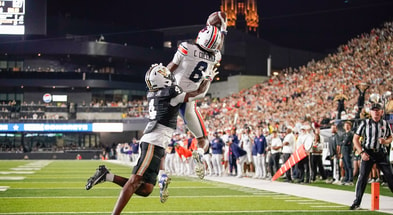
Did Texas succeed in adding the right players in the transfer portal to right its wrongs from the last two seasons in Austin?...
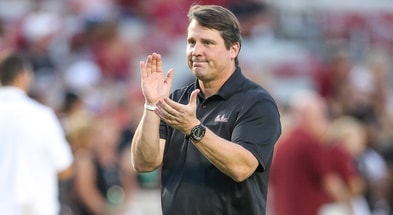
Let's see how this season's defense sets up future success. Join Drew Kelson and Jett Bush as they detail what to look for from Will Muschamp....
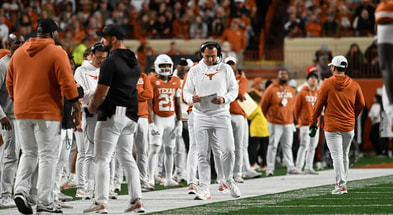
How did Texas' No. 12 ranking from the AP poll compare to other polls and computer rankings?...
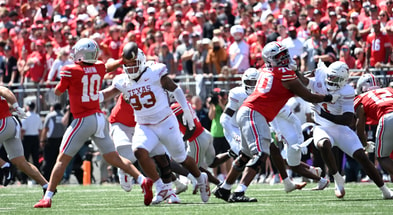
Hero Kanu's return to Columbus made for a performance to remember early in the Texas Longhorns 2025 season...
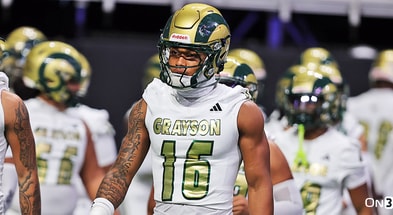
These new players can contribute early and factored into Texas' decisions for the 2026 season....
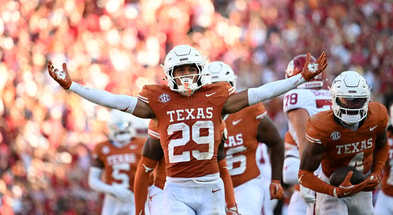
Graceson Littleton made his presence known to the college football world after a phenomenal first game of his college career...
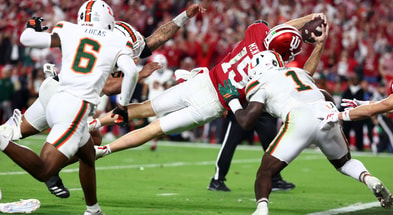
A hard fought game resulted in an Indiana national title and one of the greatest achievements in sports history....
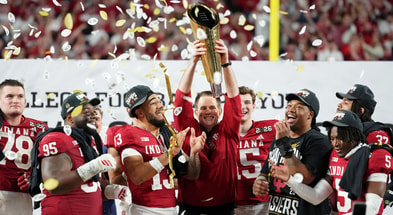
The expansion to 12 teams competing for the College Football Playoff has been a positive development for the college football world...
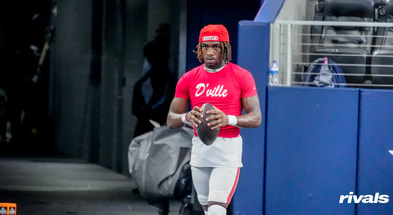
Texas continues to bring some of the state’s top underclassmen receivers through Austin, and Duncanville 2027 wideout Trenton Yancey was the latest...
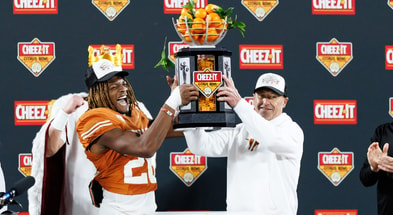
Texas finished ranked No. 12 in the final Associated Press top 25, marking Steve Sarkisian's fourth consecutive ranked finish and third straight...
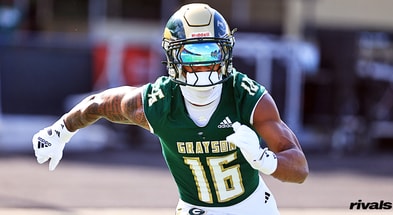
Throughout all of my portal discussions over the last few weeks, three true freshmen were routinely brought up. The staff is so high on them already...

The dust has barely settled on the 2025 college football season, yet there are already odds on the 2026 national champion available for those...
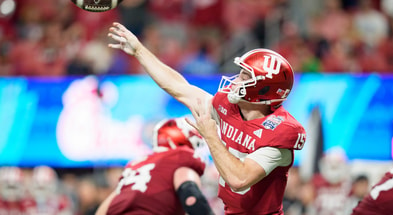
Indiana just overcame "Blue Chip Ratio" theory, 100 years of history, and a strong Miami team to win its first ever National Championship. The...
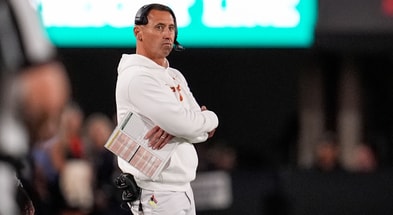
Now that the Indiana Hoosiers have won the 2025 national championship, college football enters the long offseason. But in 228 days, Texas will kick...
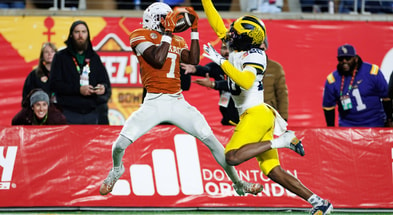
https://youtu.be/dnc5earlzmU Texas looking good for next year according to On3. Are the Longhorns ranked properly? [Sign up for Inside Texas for...

Updating Texas Football's 2026 roster tracker, and finding key takeaways after nearly three weeks of portal madness....
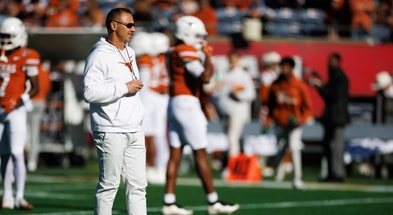
https://www.youtube.com/watch?v=O0c8nPz1a44 These pieces will help a strong finish. [Sign up for Inside Texas for 50% off! Get the latest on the...
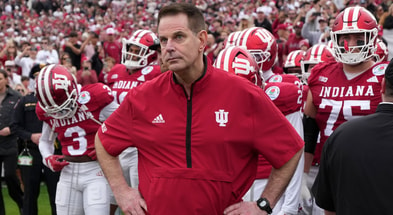
With the Indiana Hoosiers holding a No. 1 ranking and on the cusp of an unprecedented run to the national championship, football fans and programs...
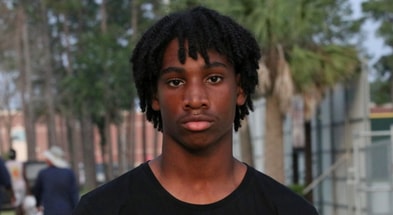
Having a brother who plays running back for Oklahoma didn’t stop Trenton Blaylock from getting to Austin for Junior Day. The brother of Sooners RB...

Star wideout Julian Caldwell didn’t need much convincing to get to Austin for the Longhorns’ Junior Day. The 2027 Argyle wide receiver made the trip...
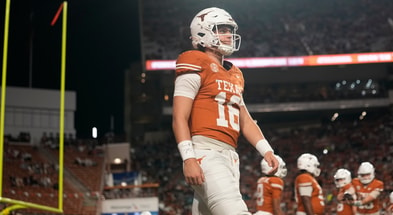
It's never too early for way-too-early rankings....

Who holds the advantages in the key matchups between Indiana and Miami in the National Championship Game. Will this contest be the end of Blue Chip...

Texas brings Lake Travis native Markus Boswell home from Akron. He’s an effort-driven, downhill Mike who adds depth now and upside as he develops....
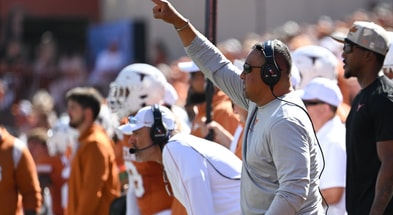
Akron LB Markus Boswell has committed to Texas, Pete Nakos reports. [Sign up for Inside Texas for 50% off! Get the latest on the NCAA Transfer...